With the M.Zuiko 150-400mm F4.5 Olympus released a unique lens, which is not available from other manufacturers. Its focal length area covers the equivalent field of view of a 35mm lens with 300-800mm. It weighs only a bit more than 1800g. Therefore the lens is very mobile and can shoot handheld without a tripod. With 35mm lenses is this for sure not possible, as those are much bigger and heavier. As you don’t need a tripod you save also the weight of this in case you are on location.
In addition, the lens has the best image stabilization on the market. The stabilization works in conjunction with the image stabilization of the camera. This ensures that you can shoot also with a long focal length without blurring the image.
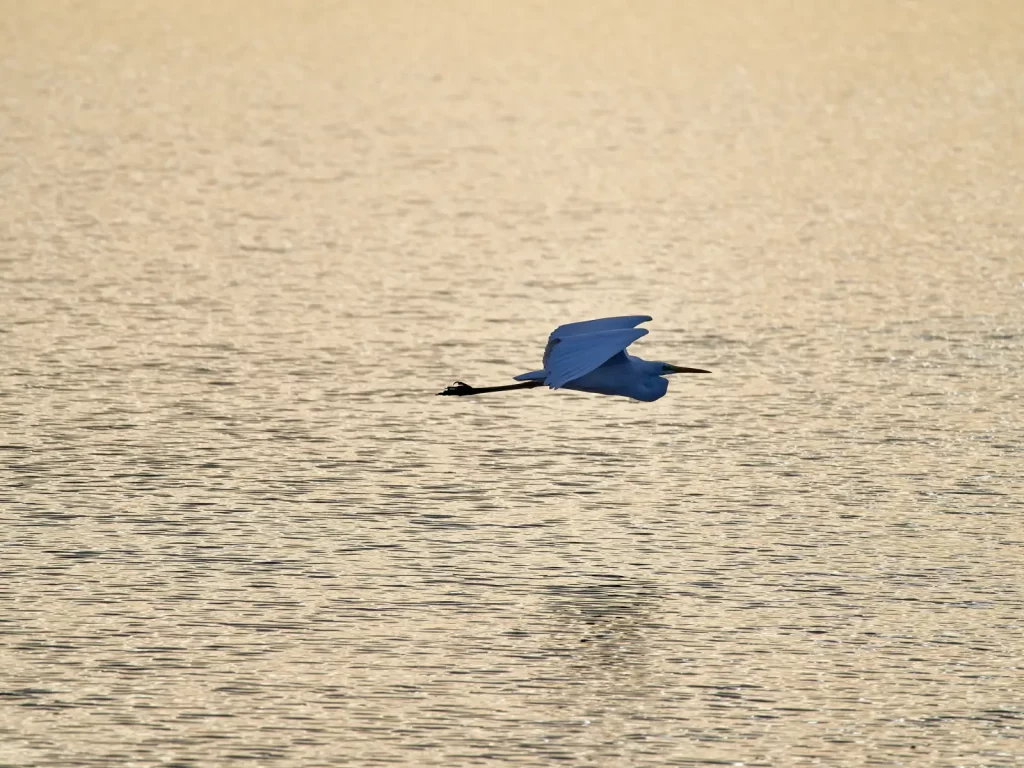
I’m lucky and had the opportunity to test the lens and would like to share my experience with you. My very first impression the moment I touched the lens the first time was, wow that lens is light. Sure it is heavier than lenses with shorter focal length. It is the biggest lens in the Micro Four Thirds family. In case you take it into your hands the first time, you will be surprised how light the lens is. To achieve this Olympus decided to use Aluminum Alloy only on the parts, which are responsible for stability. All other areas are made out of carbon-reinforced polycarbonate. Anyhow the lens feels very solid. In addition, the lens hood is also made out of carbon. It ensures an outstanding balance between the lens and camera body, as well as when the lens hood is used.
Handling of the M.Zuiko 150-400mm F4.5 lens
As already written above is the balance between lens and camera body excellent. Regarding the handling, there is a lot more. The lens offers a bunch of switches to adjust the focusing area, image stabilization, focus method, and the behaviour of the L-Fn buttons. Those switches are very easy to reach and you find them also when you are looking through the viewfinder.
The switch to activate the built-in 1.25x teleconverter is placed in the perfect location and can be easily reached in portrait as well as landscape shooting. Focusing and zooming are easy and very precise and without big effort usable. Very useful are the L-Fn buttons which can be used to focus to a predefined distance or you can activate a predefined function. The predefined focusing distance can be set with a small button close to the switch for the built-in teleconverter. This is a very helpful function, in case you would like to come back to a certain focusing distance when disturbing objects are between you and the subject you would like to focus on. An example would be in case you would like to shoot animals behind trees and the branches are in the way.
In opposite to 35mm lenses Micro Four Third lenses do have a very short closest focusing distance. In the case of the M.Zuiko Digital ED 150-400mm F4.5 TC1.25x IS PRO, it is 1.3m when using the built-in or external teleconverter. This makes the lens also a mark lens, which is very useful for shooting butterflies or dragonflies. The long focal length enables you not only to keep the needed distance from shy animals but also gives you a nice unsharp background.
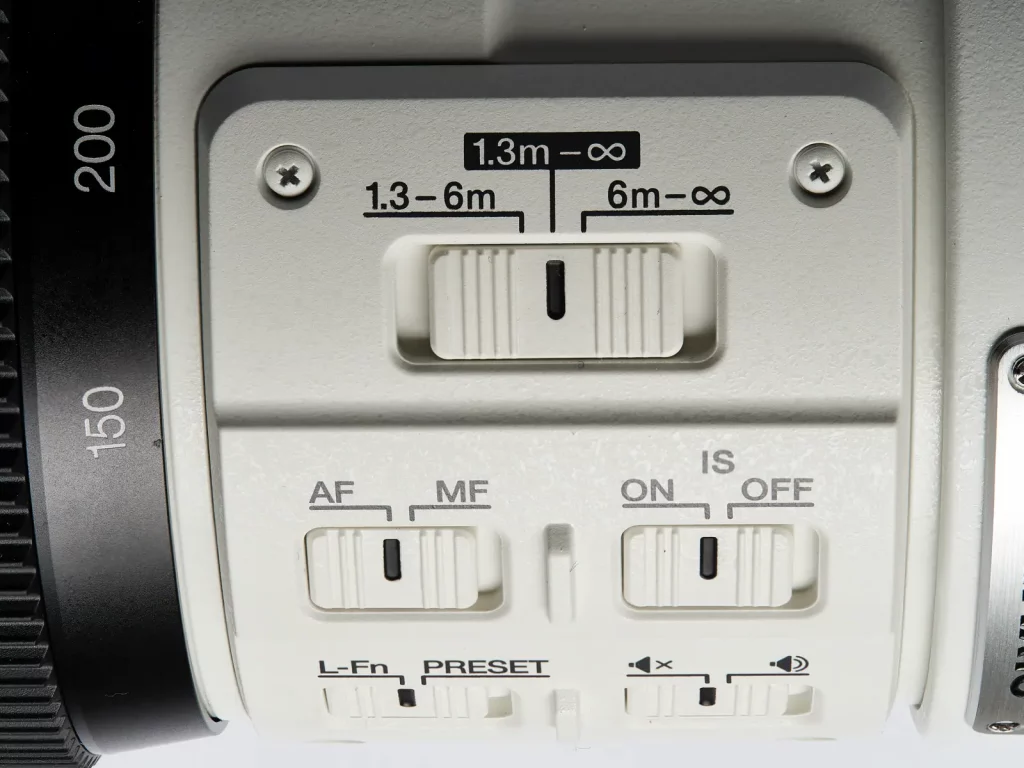
Image quality
As you expect from such kind of lens the lens is in each area top. Sharpness fulfils all professional needs. Even when the built-in teleconverter is used there are no complaints, which also is the case when using MC-14 or MC-20. In case you are using the MC-20 the lens reaches an unbelievable focal length of 1000mm, which is equivalent to 2000mm in 35mm cameras. As the image stabilization is so good in this configuration shooting handheld is not an issue at all. The tripod you can leave at home. This makes not only your travel luggage lighter but you could also shoot more agile as you can react to changes much faster.
Autofocus works in all configurations fast and precise, which is also very helpful when you are shooting fast-moving objects. Issues like distortion, vignetting, or chromatic aberration are not present.

Comparison with the M.Zuiko Digital ED 100-400mm F5-6.3 IS
I know this comparison is unfair as the 100-400mm is far less expensive than the 150-400mm lens. The 150-400mm lens is bigger, but delivers also much more speed and is in all-optical areas in at least one class better. Also, usage is more flexible as it has a built-in 1.25x teleconverter, which can be switched on / off without releasing the lens. Therefore you can react much faster in case you need a bit more focal length, which is a real benefit especially when you are shooting wildlife or sports. Besides, the AF speed is much faster and more precise. Don’t misunderstand me, the 100-400mm lens is, having the price in mind, a brilliant lens, but the 150-400mm in comparison is much better.
Results
Enough written. It is better to show you images taken with this lens. In case you have questions write a comment I’m more than happy to answer.
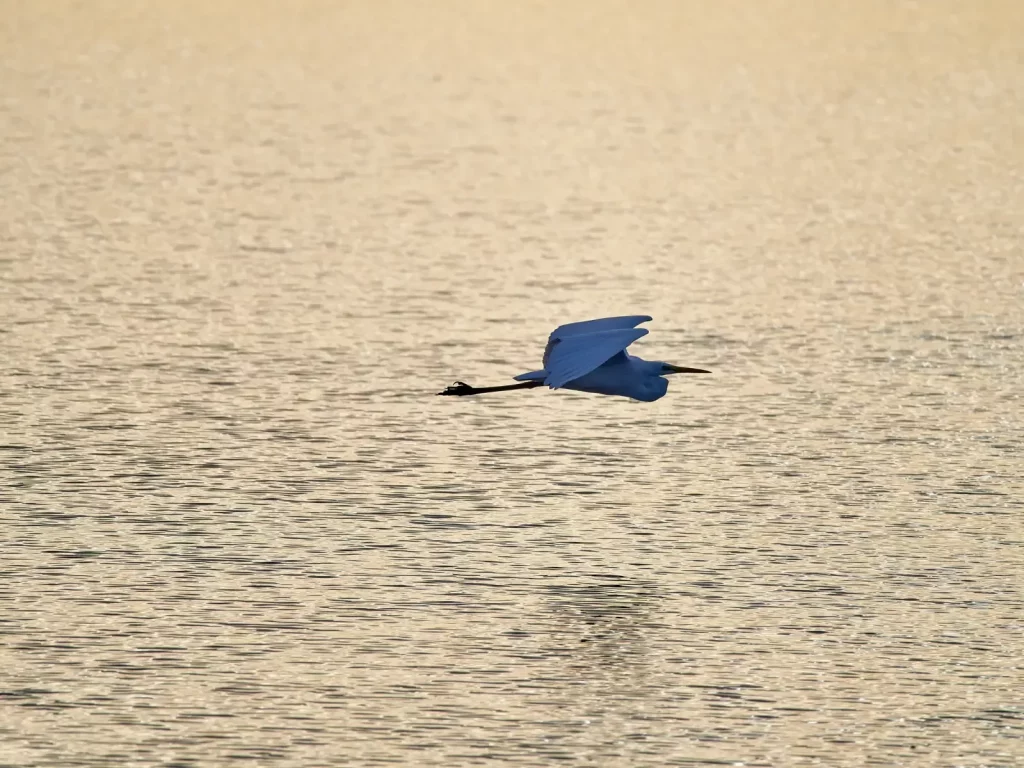

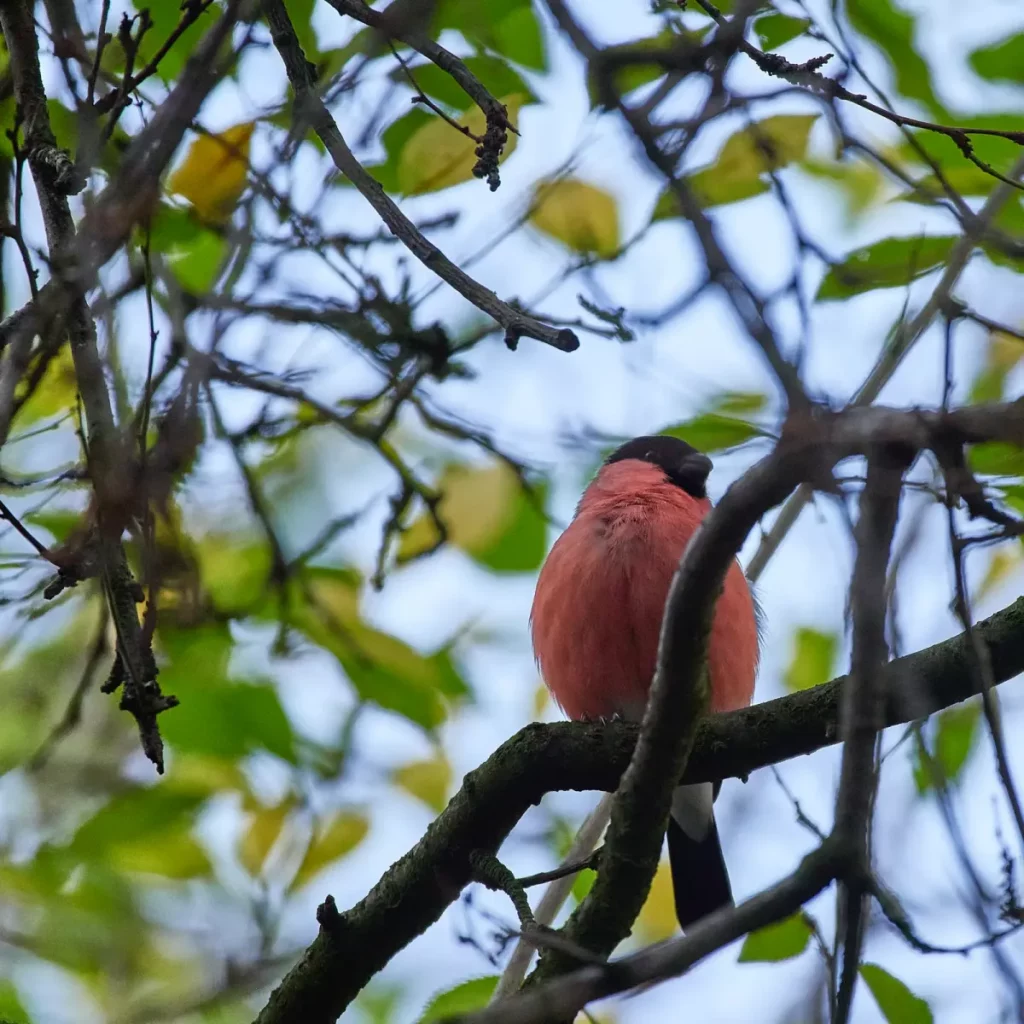



Links to other experiences
| Andy Rouse | shot with the lens in Costa Rica and shared the experience here. |
| Petr Bambousek | shot with the lens in Costa Rica and shared his experience here. |
| Scott Bourne | shows his first experiences with the lens and nice images here. |
| Imaging Resource | nice background information about the technical details of the lens here. |
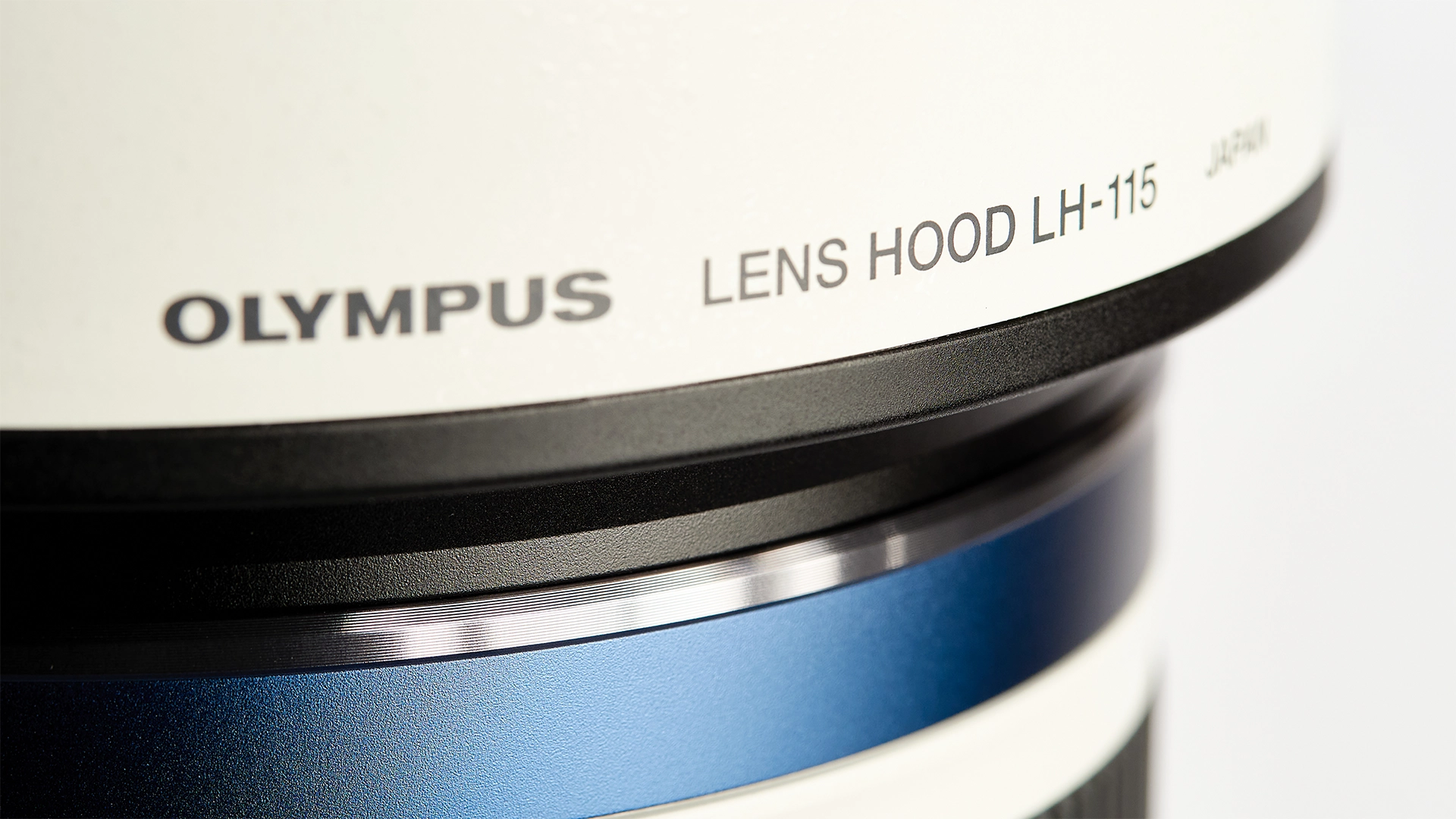
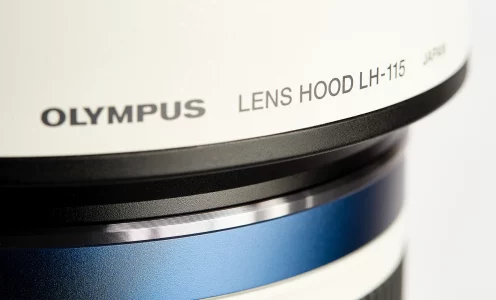


Pingback: Best OM System lenses for wildlife
Pingback: M.Zuiko Digital ED 150-600mm F5.0‑6.3 IS - Michael Guthmann
Pingback: My 5 favourite OM System lenses - Michael Guthmann